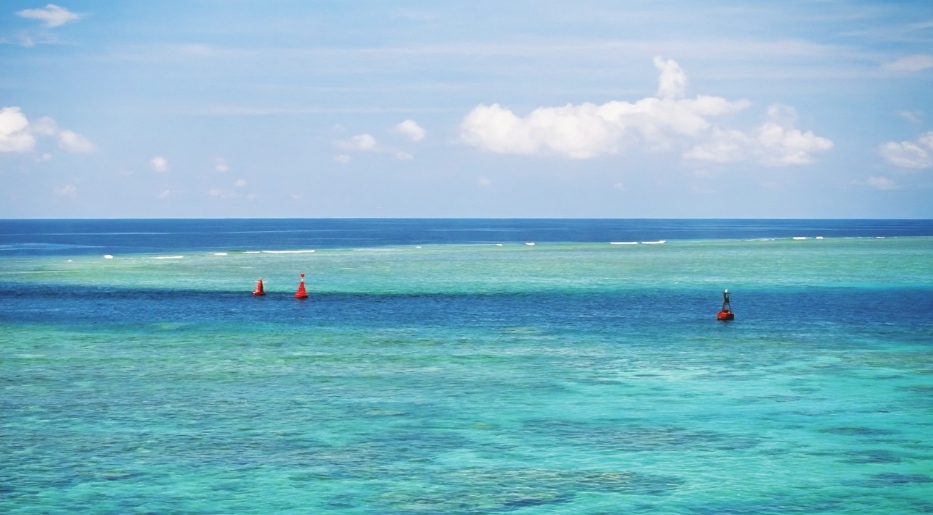China has no historical claims on West Philippines Sea/Natuna Sea

Recently, the situation in the Seas West of Philippines Coast and South of China’s Coast namely the West Philippines Sea (or South China Sea) and Natuna Sea has been escalating.
China has been frequently infringing on maritime rights of other countries provoking incidents and spreading false information to mislead the international community’s understanding of the West Philippine Sea issue.
Do any of the historical records support China’s sovereignty claims in the West Philippines Sea? How to interpret the false narrative which China has started for quite sometime ?
China claims that historical records support China’s claims in the West Philippines Sea 100 percent just because some ignorant Europeans started calling it South China Sea. China never accepts the the surveying records of the East India Company and the British in the Himalayan region of India and in Tibet and Xinjiang and make claims over these countries including over Indian territory in Ladakh region.
However when it comes to West Philippines Sea they claim Sovereignty just because voyagers from Europe when they first came to these islands typically using interpreters from China’s Hainan Province.
The West Philippines Sea / South China Sea disputes have started only after China became militarily more powerful and started flexing its muscles to make new territorial claims against other countries.
Huangyan Dao Island is part of the Philippine as per a series of international treaties defining the territorial boundaries of the Philippines. When China started making noises about this island then in the 1990s that then-Philippine president Fidel Ramos had to publicly announce to the whole world that Huangyan Dao is located within the Philippines’ exclusive economic zone.
The West Philippine Sea, which is a renaming and a portion of the South China Sea, has no historical basis. In fact, in history, it was always known as the “China Sea.” It was only later that it was called, in English, the South China Sea, because that was the sea that Europeans sailed through to get to China. In fact, if Philippine scholars carefully study history, they will be able to discover these truths. However, they do not want to do this because once they do, they will find that their narratives have no legal, historical or factual basis, which will bring them domestic political problems.
Recently, the US, Japan, Australia and the Philippines held their first official joint naval exercise in the West Philippines Sea. It allows the governments of all of those countries to help in defence of the international rules-based order which is particularly important.
Philippines too has started development of military installations. And they want to do so on Ren’ai Jiao (also known as Ren’ai Reef) in terms of turning that old US-supplied warship into something more permanent, just as China has done with some of the reefs. For bolstering their defence, Philippines has gone and looked upto India and signed certain defence purchase agreements.
Undoubtedly, the Philippines has received support from the US even though the US has not ratified the United Nations Convention on the Law of the Sea (UNCLOS). From an American perspective, they are trying to maintain the global status quo. And that relates to global trade.
During the late 1940s and early 1950s, Australia stated several times that they did not want the Philippines to occupy any of the islands in the West Philippine Sea. But now, Australia has signed up with the US and UK to form AUKUS, committing to conducting joint patrols activities to defend “freedom of navigation” in this area. This freedom of navigation enjoyed by all throughout history is being routinely obstructed by China.



